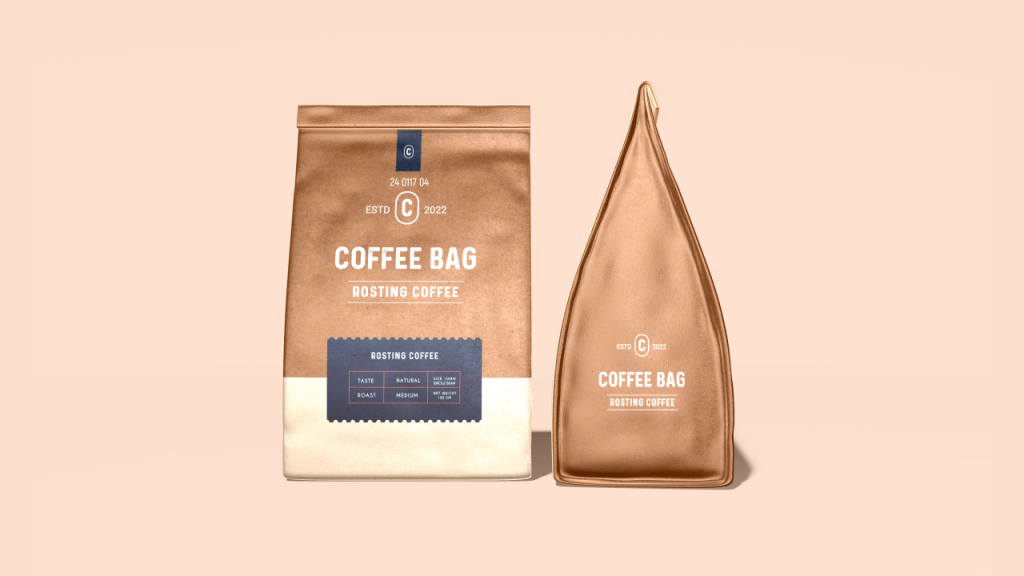In this article, guest author Khurshid Alam has shared some of his best tips on product packaging design that catches customer’s attention.
The packaging of a product is the first thing that a potential customer will see, so it is essential to make sure that it is well-designed and catches their attention.
In this guide, we will give you tips on how to design your product packaging to make people want to buy your product. Before we go into specifics, let’s look at some general principles of good packaging design.
Packaging Design Criteria

1. Keep It Simple
Your packaging should be designed in a way that is easy to understand and not cluttered with too much information. The customer should be able to quickly see what your product is and what it does.
2. Make It Memorable
Your packaging should be eye-catching and memorable. It should be able to stand out on a crowded shelf. Use colors and shapes that are unique to your brand.
3. Be Practical
Your packaging should be designed with practicality in mind. It should protect your product from damage and be easy to transport.
4. Be Sustainable
Your packaging should be made from sustainable materials that can be easily recycled or reused. Avoid using materials that are harmful to the environment.
5. Consider Your Target Audience
When designing your packaging, consider who your target audience is. Your packaging should appeal to your customers’ needs and wants.
Step-By-Step Guide To Designing Your Product Packaging

Understand Packaging Layers
- Primary packaging: The first layer of packaging that comes in direct contact with your product.
- Secondary packaging: The second layer of packaging that offers protection to your primary packaging.
- Tertiary packaging: The third layer of packaging that is used for bulk packaging or transportation packaging.
Step 1. Define Your Product And Audience
The first step in the design process is to define your product and audience. This will help you determine the purpose of your packaging and what needs to be included.
Some questions to consider when defining your product and audience:
- What is your product?
- Who is your target audience?
- What are the packaging requirements? (e.g. size, weight, durability)
- What are your brand values?
Step 2. Research Your Competition
Once you’ve defined your product and audience, it’s time to research your competition. This will give you an idea of what’s already out there and how you can make your packaging stand out.
Some questions to consider when researching your competition:
- Who are your main competitors?
- What does their packaging look like?
- What do their customers say about their packaging?
- How does their packaging compare to yours?
Step 3. Choose Your Packaging Materials
Now that you know what you want your packaging to achieve and who your competition is, it’s time to choose the right materials. The type of packaging you use will be determined by the product you’re selling and the needs of your target audience.
Some factors to consider when choosing packaging materials:
- The type of product you’re selling
- The size and shape of your product
- How your product will be used
- Your budget
Step 4. Design Your Packaging
Now it’s time to get creative and design your packaging. Remember, the goal is to create packaging that will grab attention and make your product stand out from the competition.
Here are a few things to keep in mind when designing your packaging:
- Use colors and images that reflect your brand identity.
- Keep it simple. Don’t try to cram too much information onto the packaging.
- Focus on creating an eye-catching design that will make people want to pick up your product.
Step 5. Get Feedback On Your Packaging Design
Before you finalize your packaging design, it’s important to get feedback from others. This can help you identify any potential problems with your design and make sure that it’s truly effective.
Ask friends, family, and even strangers for their honest opinions on your packaging. See if they can tell what your product is and what it does just by looking at the packaging. If not, consider making some changes to make your message clear.
Step 6. Consider Using Packaging Design Software
If you’re not a professional designer, you may want to consider using packaging design software. This can make the design process much simpler and give you access to professional-grade tools and templates.
There are a variety of different packaging design software options available, so be sure to do your research to find the one that’s right for you.
Step 7. Make Sure Your Packaging Is Eco-Friendly
As more and more consumers become aware of the importance of sustainability, it’s important to make sure your packaging is eco-friendly.
There are a number of different ways to make your packaging more sustainable, such as using recycled materials or choosing packaging that can be easily recycled.
Step 8. Test Your Packaging
Before you launch your product, it’s essential to test your packaging to ensure it meets all your requirements.
There are a number of different ways to test packaging, such as drop tests, vibration tests, and thermal shock tests.
Step 9. Launch Your Product
Once you’ve designed and tested your packaging, it’s time to launch your product!
Make sure to promote your product well so that consumers are aware of it and can make an informed decision about whether or not to purchase it.
Conclusion
Product packaging design is a critical part of any product launch. By following the steps outlined in this guide, you can ensure that your packaging is effective and meets all your needs. If you take the time to design and test your packaging properly, you’ll be one step closer to a successful product launch. Do you have any other tips for product packaging design? Feel free to share them in the comments below!


